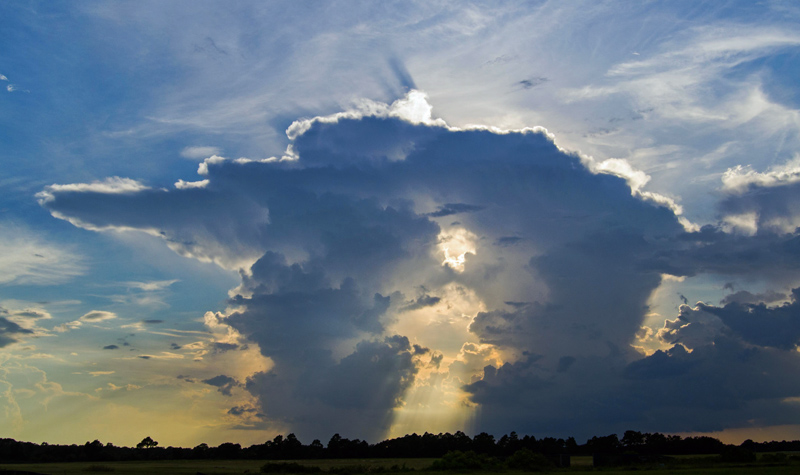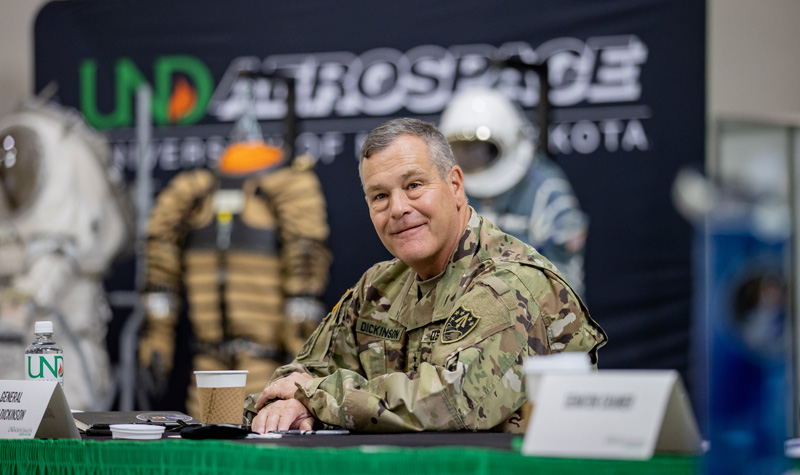Gregory man among SD’s few with commercial drone approval (M. Klarenbeek, Alum): Mitchell Republic Newspaper (Marcus Traxler, Writer 07/08/15)
That’s been the case since he was 14 when he had his first discovery flight. When he was 17 years old, he became a licensed pilot. He even likes to fly when he stays on the ground, and now he’s a pioneering his own path again as one of the few commercially licensed drone operators in South Dakota, with his Gregory-based business, M-Kopter Aerials.
When I saw the opportunity of what could be done with this kind of aircraft, that’s when this sort of became a reality,” said Klarenbeek, who started the business in January.
For a period earlier this year, Klarenbeek was the only operator in South Dakota who had a commercial exemption from the Federal Aviation Administration. He’s now one of three in the state who have that distinction.
Klarenbeek, now 26, said the ability to make the business into his own has been part of what makes it fun. He’s also a pilot who regularly makes corporate flights and manages the Gregory Municipal Airport. He said living in a small community might limit his drone customer base slightly, but, “it’s not hard to get your name out there.”
“I realized that I like living in a small town, and Gregory is a lot like where I grew up,” said Klarenbeek, who is originally from Inwood, Iowa. “This allows me to do a little bit of everything, and when you’re a pilot, you have a lot of down time waiting for passengers, so I started filling out the paperwork to get a commercial exemption for drones.”
When he went to college at the University of North Dakota to study aviation, he took a class on unmanned aircraft and the class piqued his interest. He owns three drones he uses on a regular basis and has the parts for a few more that he likes to tinker with.
Time, frustration and aerial photos
What goes into building a drone?
“Time and frustration,” he said, laughing, estimating building one drone has taken him 75 to 100 hours. “They’re just like working on a car or anything else.”
Klarenbeek’s drones can take video and still photographs that can be used for building inspections, project planning, environmental and land use projects and private property photos. Through an agreement with the Gregory/Dallas Chamber of Commerce, Klarenbeek provides a free aerial photo to members of the organization who have paid their dues.
Eddie and Alice Shaffer own a hunting guide service business, Cocks Unlimited, which they’ve operated for the last 34 years. As chamber members, Klarenbeek took photos of the property for the Shaffers recently, hovering over the acres of land and their small lake, with a perspective normally reserved for fliers with beaks and wings.
“Such a clear picture, that’s what’s unbelievable about it,” said Alice Shaffer.
Klarenbeek sets up a 36-inch TV screen in the trunk space of his SUV to show what vantage point he has when operating the drone with a remote control. A tablet or smartphone can be attached to provide a screen for Klarenbeek to operate from, but he is required to keep the drone within sight at all times.
But the rules are somewhat tricky on drones, especially regarding commercial use. So if Klarenbeek uses the drone for something he wants to do for fun—shooting video of a local fireworks show, for example—he can’t turn around and sell that to a local company. For every flight Klarenbeek takes with a drone, he has to keep a log of the details, and prior to flying, he has to issue a NOTAM, or a notice to airmen, that alerts other aircraft pilots of possible hazards along a flight route.
Klarenbeek said the rules for the regular hobbyist are arguably more loose than they are for someone who is commercially approved by the FAA. For example, a recreational user must stay within 400 feet of the ground and keep the vehicle within sight and remain at least 25 feet away from individuals and vulnerable property. The commercial user is supposed to be 500 feet away from bystanders, and the FAA expects a commercial user, or someone like Klarenbeek to have a perfect safety record.
“That is probably a little unrealistic, but that’s what they want,” he said. “I know airspace and I have a pilot’s license, and that obviously helps. They want someone who knows the system and the rules.”
And Klarenbeek said he’s a pretty safe operator—he still doesn’t like to get too close to people with the machines.
“I still get nervous,” he said. “You don’t want to mess up in front of a bunch of people. You want to be careful around kids, because some of them would try to catch the drone if they could.”
The FAA has proposed rules for small unmanned aircraft, but those rules aren’t expected to be finalized or official until next year. The proposed rules would require the drone operators to be at least 17 years old, pass an aeronautics test and be vetted by the Transportation Security Administration. It would not require flight hours or a medical rating that is needed for a private pilot’s license.
“If everyone stayed below 400 feet, they wouldn’t have any problems. Unless you’re flying it by the White House,” Klarenbeek said, of the rules on drones. “It’s like buying a Corvette. People want to push it.”
On this day, the model Klarenbeek is flying retails for about $3,000, and that’s significantly cheaper than what drones have cost previously. Each battery has about 20 minutes of life and the drone can hit a top speed of 56 mph. When the Shaffers spot a deer off in the distance, the drone can give chase.
“It’s pretty fun, there’s no doubt about that,” he said. “Not a bad job to have.”


